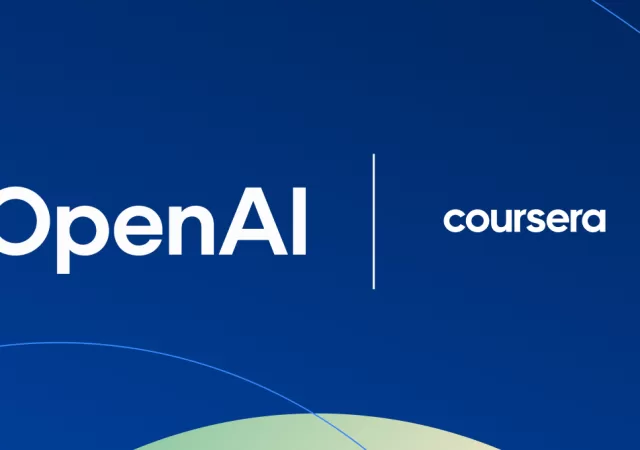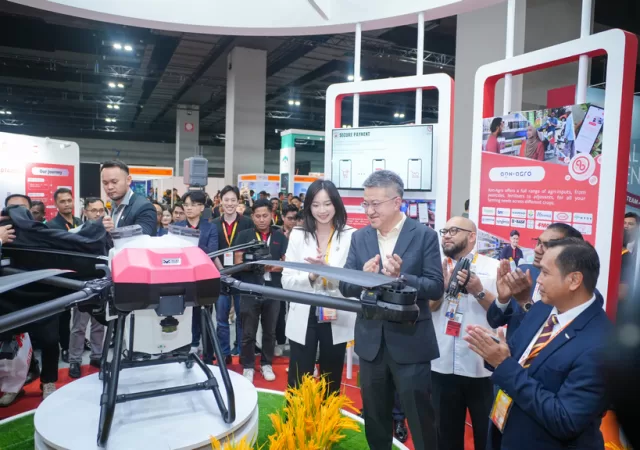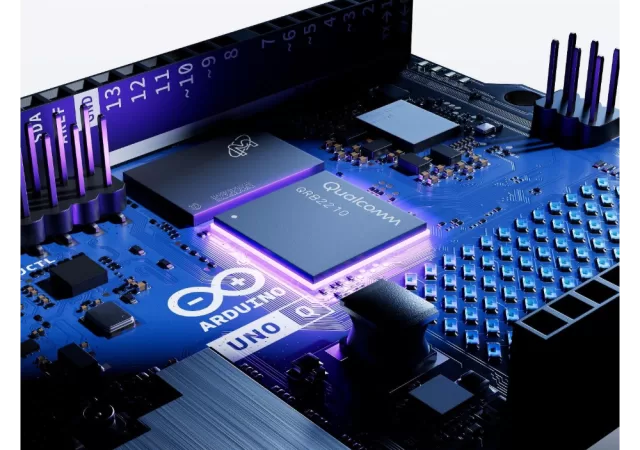Lazada’s 11.11 sale is here, emphasizing trust and technology while you enjoy fantastic deals on your favourite products.
The Greenhouse in the Glass House: How Baker Hughes is Decarbonizing From Within
Baker Hughes gives us a look into the challenges of decarbonization and see how authentic commitment shapes corporate sustainability practices.
The Digital Architects: How Leveraging AI is De-risking Our Clean Energy Future
Decarbonisation and transitioning between traditional energy sources is no small task. Baker Hughes weighs in on how AI and new technologies are enabling efficiency and efficacy.
Synology Unveils New High-Performance Storage, Cyber-Resilient Backups, and Unified Comms Platform
Stay updated on Synology’s advancements in IT solutions as they unveil robust strategies for business productivity and data management.
Tata Communications Launches Voice AI Platform to Transform Customer Engagement
Tata Communications launches a revolutionary Voice AI platform, improving customer interactions with advanced AI technology.
Snowflake to Launch on AWS Malaysia Region to Enhance Data Sovereignty and AI Adoption
Snowflake is expanding in Malaysia with a local instance on AWS, enhancing data governance and security for Malaysian customers.
ASEAN Nations Can Now Register for Touch ‘n Go eWallet
Touch ‘n Go eWallet is opening up to ASEAN countries, allowing travellers to register and pay like a local with the eWallet.
Coursera Leverages OpenAI’s Apps SDK to Empower Self-Learning
Find out how Coursera is bridging the gap in online education with ChatGPT, making high-quality learning accessible to all.
Aonic Launches Mist Tec 50, A Malaysian-made Drone for Agriculture
AONIC launches MIST Tec 50, a Malaysian-made drone built for agriculture, packed with features that make it easier for farmers.
Qualcomm Acquires Arduino, Quickly Debuts First Product
Qualcomm announces its intended acquisition of Arduino together with the announcement of their first collaborative product – the Arduino UNO Q.

















